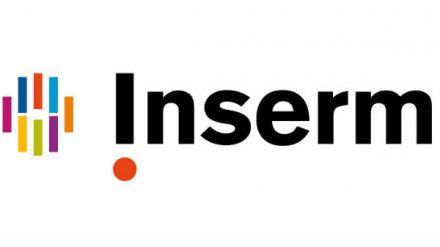Request Demo
Last update 08 May 2025
SLC1A4
Last update 08 May 2025
Basic Info
Synonyms alanine/serine/cysteine/threonine transporter, Alanine/serine/cysteine/threonine transporter 1, ASCT-1 + [6] |
Introduction Sodium-dependent neutral amino-acid transporter that mediates transport of alanine, serine, cysteine, proline, hydroxyproline and threonine. |
Related
1
Drugs associated with SLC1A4WO2024121126
Patent MiningTarget |
Mechanism- |
Originator Org. |
Active Indication |
Inactive Indication- |
Drug Highest PhaseDiscovery |
First Approval Ctry. / Loc.- |
First Approval Date20 Jan 1800 |
100 Clinical Results associated with SLC1A4
Login to view more data
100 Translational Medicine associated with SLC1A4
Login to view more data
0 Patents (Medical) associated with SLC1A4
Login to view more data
205
Literatures (Medical) associated with SLC1A401 Jun 2025·Poultry Science
Transport and expression of transporters for 3-O-methyl-D-glucose and L-methionine along the intestine of broiler chickens receiving different methionine supplements
Article
Author: Schermuly, Isabel I ; Riedel, Julia ; Saliu, Eva-Maria ; Romanet, Stella ; Lemme, Andreas ; Zentek, Jürgen ; Aschenbach, Jörg R
01 Jan 2025·Analytical Cellular Pathology
SLC1A4 Promotes Malignant Transformation of Hepatocellular Carcinoma by Activating the AKT Signaling
Article
Author: Gong, Jian ; Zheng, Jiaoyun
01 Jan 2025·Cancer Medicine
Tandem Versus Single Autologous Stem Cell Transplantation for High‐Risk Multiple Myeloma in the Era of Novel Agents: A Real‐World Study of China
Article
Author: Dou, Xuelin ; Deng, Daoxing ; Lu, Jin ; Wen, Lei ; Wang, Fengrong ; Zhao, Peng ; Li, Jiangtao ; Ren, Juan ; Liu, Hui ; Huang, Xiaojun ; Wang, Liru ; Zhong, Yuping ; Mo, Xiaodong ; Peng, Nan ; Cao, Leqing ; Liu, Yang ; Chen, Yuan ; Bao, Li ; Liu, Xiaodan
Analysis
Perform a panoramic analysis of this field.
login
or

AI Agents Built for Biopharma Breakthroughs
Accelerate discovery. Empower decisions. Transform outcomes.
Get started for free today!
Accelerate Strategic R&D decision making with Synapse, PatSnap’s AI-powered Connected Innovation Intelligence Platform Built for Life Sciences Professionals.
Start your data trial now!
Synapse data is also accessible to external entities via APIs or data packages. Empower better decisions with the latest in pharmaceutical intelligence.
Bio
Bio Sequences Search & Analysis
Sign up for free
Chemical
Chemical Structures Search & Analysis
Sign up for free
